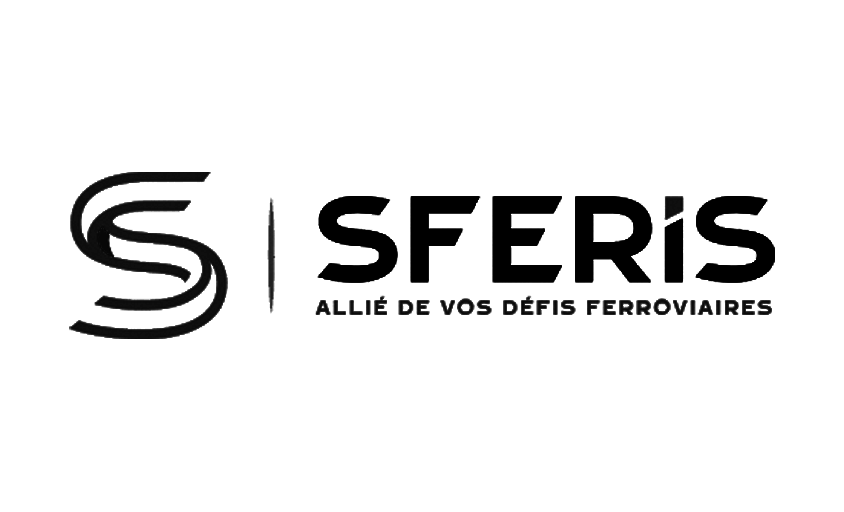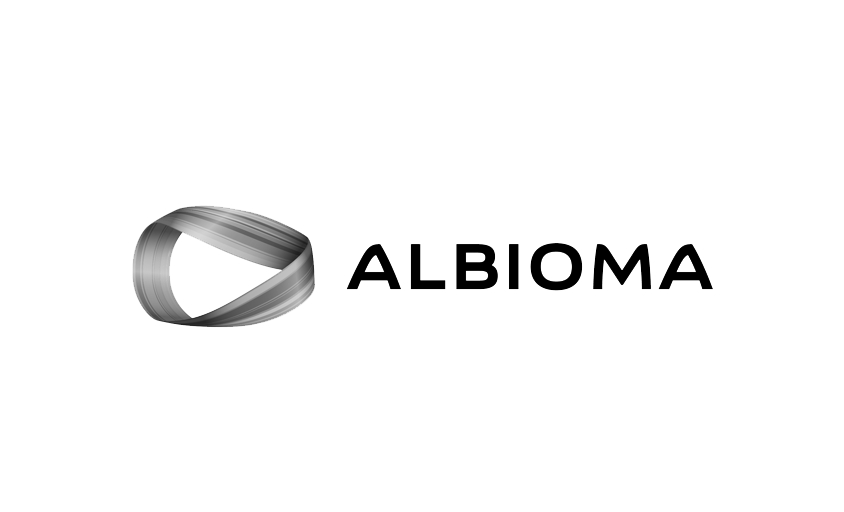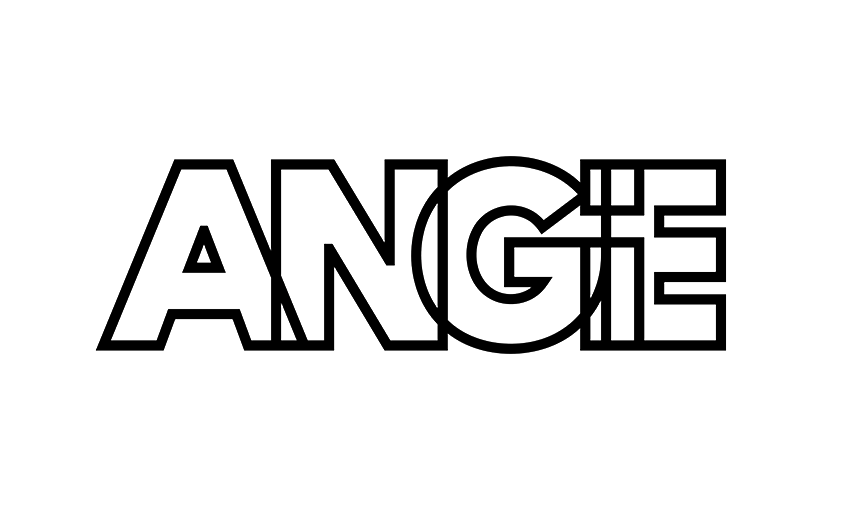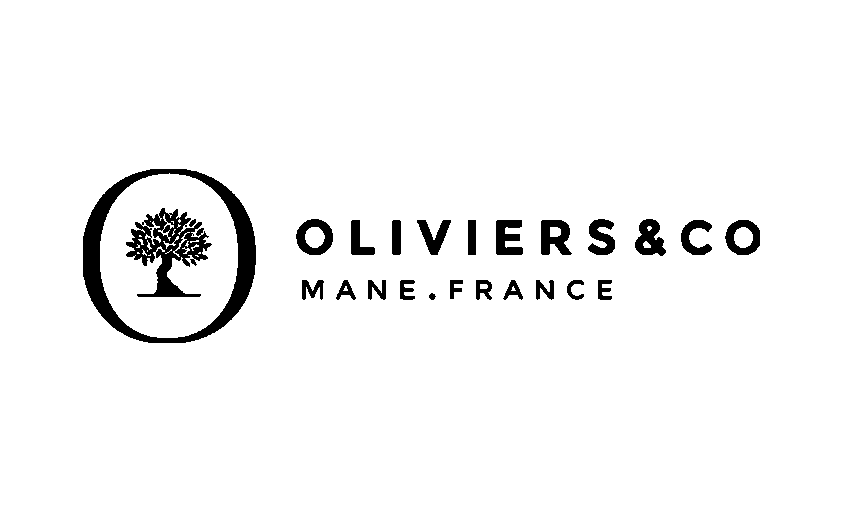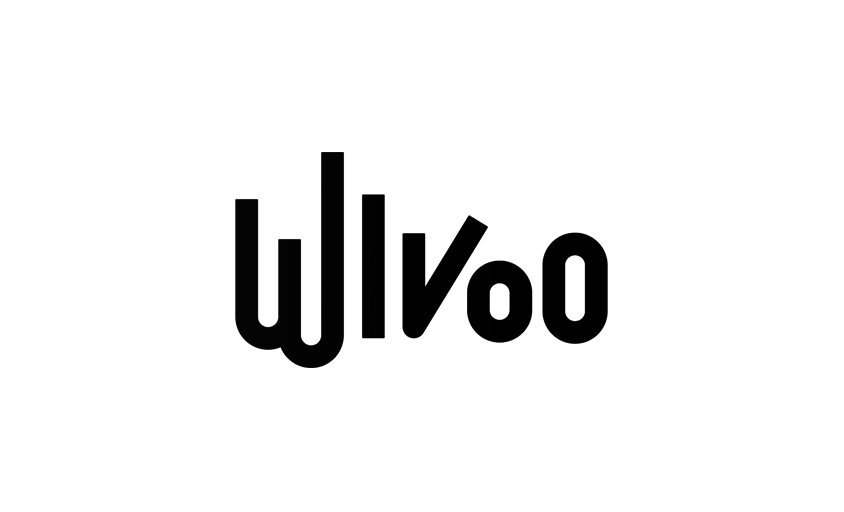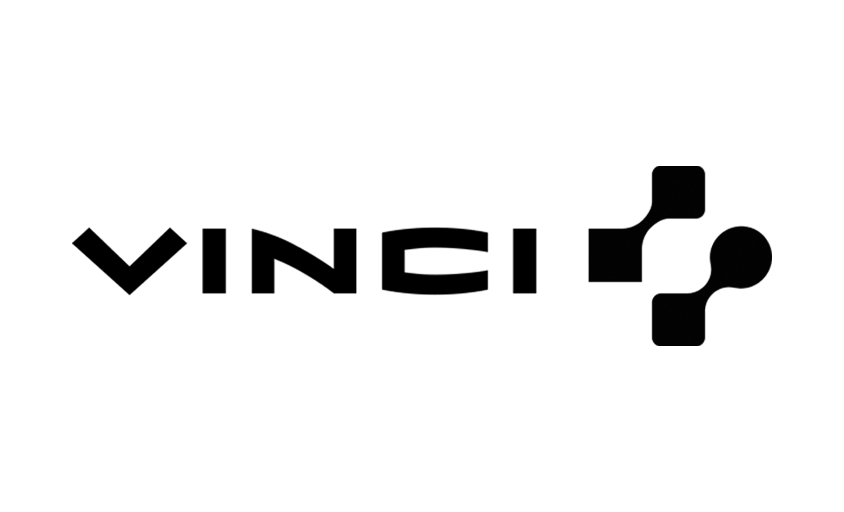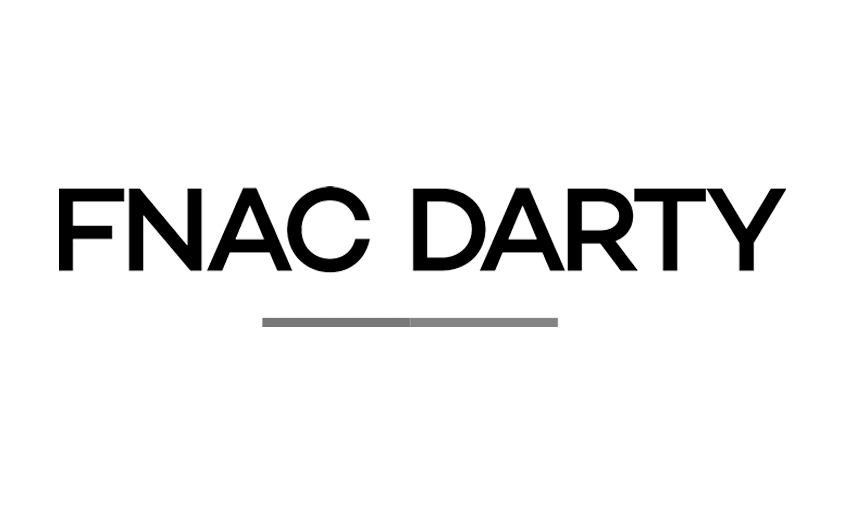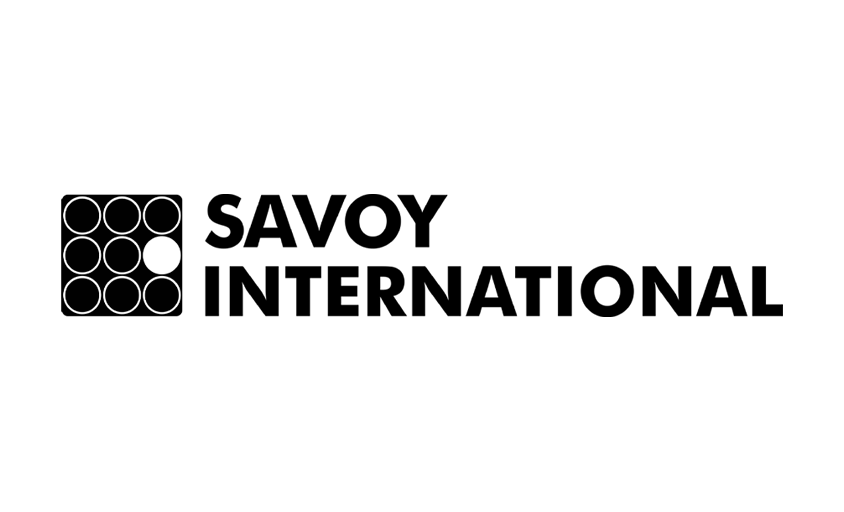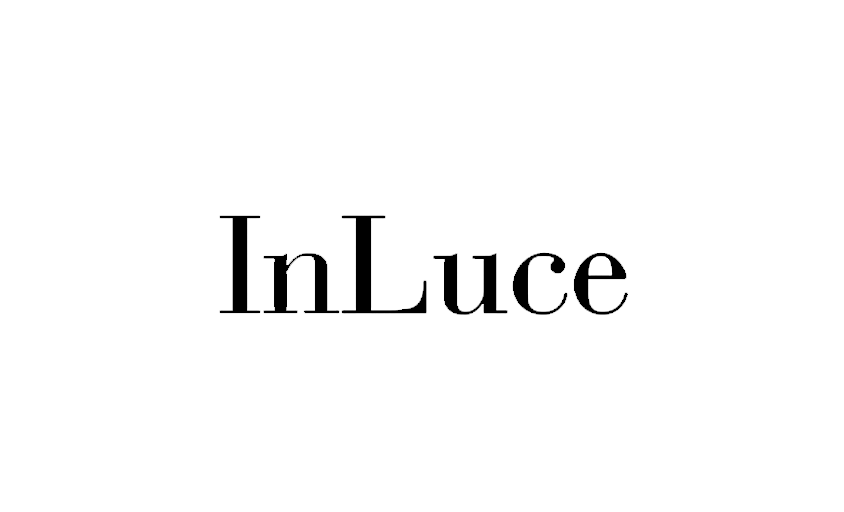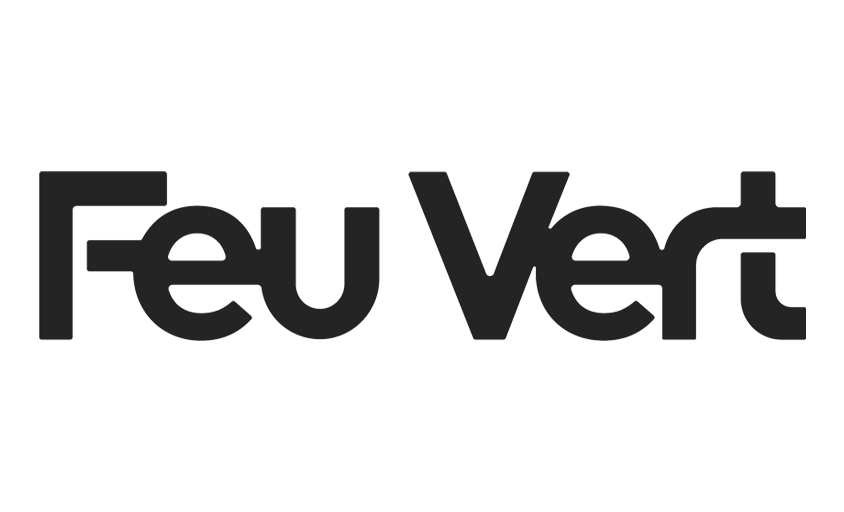Printing
In this article :
Print advertising, as opposed to digital advertising, refers to all forms of printed advertising used to communicate and promote products, services, or brands to a targeted audience. Despite the rise of digital media, print advertising maintains a prominent place in marketing strategies thanks to its tangibility, durability, and visual impact. Formats include magazines, newspapers, brochures, posters, flyers, and banners, each offering unique advantages for effectively reaching and engaging the audience.
Advantages of Print Advertising
- Tangibility: The physical nature of print advertising creates a tangible connection with the consumer, often perceived as more personal and credible than digital messages.
- Durability: Unlike ephemeral digital content, print materials have a longer lifespan, providing prolonged visibility for a campaign.
- Visual Impact: High-quality printing and artistic design in print ads can capture attention more immediately and memorably.
- Precise Targeting: Print advertising allows for specific market segment targeting through the choice of publications and geographic locations for displays.
Challenges and Strategies
Despite its benefits, print advertising faces challenges, particularly in measuring effectiveness and costs. To maximize impact, it is crucial to:
- Combine with Digital: Use print advertising alongside digital campaigns for an integrated and coherent marketing strategy.
- Personalization and Quality: Invest in creative, high-quality designs that directly appeal to the target audience.
- Analysis and Adaptation: Use QR codes or special offers to track responses and adjust campaigns accordingly.
The press relations officer in the advertising sector plays a key role in building and maintaining relationships between a company and the media, ensuring that advertising campaigns and announcements receive positive media coverage. They are responsible for writing and distributing press releases, organizing media events, and handling journalists’ information requests, thus helping to improve the company’s visibility and brand image.
Conclusion
Print advertising remains a vital pillar of the marketing mix, offering distinct advantages that complement digital strategies. Its power to captivate, convince, and linger in memory makes it a valuable tool for building brand awareness and engaging consumers in a world saturated with digital messages. By wisely leveraging print advertising, brands can enrich their campaigns with a tactile and lasting dimension that strengthens the connection with their audience.
Jérémy Carlo is the editorial director at Rétines, where he ensures the consistency and clarity of all content produced by the studio.
Our Clients
Let’s discuss
What we do for you at Rétines
Meticulous work, an organised project and fast delivery. And to achieve this, we mobilise the right resources in our teams at the right time.
01
Pre-production
Artistic and technical direction tailored to the project.
Relevant recommendations on content, form and resources.
02
Photo Shooting
Photos taken by our experienced photographers.
Production that’s controlled, efficient and tailored to the needs of the project, with nothing superfluous.
03
Retouching
Technique
Photographs magnified by our retouching team.
Post-production to meet the commercial challenges of the brief.

